IDD Insight
Breaking ground on its ‘strategic partnership’ model aimed at domestically producing military equipment but with technology from foreign vendors, India has issued a Request for Proposal (RFF) to make six next-generation stealth conventional submarines at a cost of $ 5.8 Billion.
The RFP, an important development in the tendering process, was issued to two Indian companies — Mazagaon Dock Shipbuilders Limited (MDL) and Larsen & Tubro (L&T), the Indian Ministry of Defence has said. Read it here
A foreign manufacturer will tie-up with one of the Indian partners to make these submarines in India, under what is termed as the ‘strategic partnership (SP) model’. This is the first project under the new ‘SP model’ policy. Its norms, especially on transfer of technology and ‘make in India’ will be tested to the hilt as the foreign company is expected to be the technology partner, the one offering the widest possible ToT could be the winner of the tender.
The five foreign companies
In the race to tie up with Indian companies are five foreign companies. There are the South Korean company Daewoo Shipbuilding & Marine Engineering which has pitched in its KSS-3 submarine. The Naval Group of France, which is already involved in the Indian `Scorpene’ submarine under Project-75, is pitching its vessels. Navantia of Spain has offered S-80 called the Issac Peral class. ThyssenKrupp Marine Systems of Germany have offered the Type 218 or the Invincible Class. Rosoboronexport of Russia had sent a bid of Rubin Design Bureau for the Amur Class.

Future process and tech envisaged
The RPF will be followed by a technical evaluation of bids, cost evaluation and negotiations, the technology transfer on offer, before a contract is signed.
The MoD statement said the project envisages indigenous construction of six conventional submarines including associated shore support, engineering support, training and spares with contemporary equipment, weapons and sensors including Fuel-Cell based Air Independent Propulsion (AIP), advanced torpedoes, modern missiles and state of the art countermeasure systems.
Conventional submarines run on a mix of Diesel-electric power. Indian Navy has asked for the vessels to have a AIP technology which adds to be submergence capabilities, allowing the vessel to dive for 12-15 days, much more than the 4-5 days endurance of existing conventional subs.
What is the SP Model
In the past, during the 1980’s India has worked with German company Howaldtswerke-Deutsche Werft (HDW) to make ‘Shishumar’ class boats at Indian shipyards. Presently the MDL, a company largely owned by the MoD, is doing a project for six of the ‘Scorpene’ class submarines at Mumbai in collaboration with DCNS (now the Naval group) of France.
The SP model expects to takes future partnership beyond joint-workmanship, as India positions itself as a manufacturing hub for military equipment. SP Model envisages indigenous manufacturing of major defence platforms by an Indian strategic partner, who will collaborate with foreign OEM, acquire niche technologies and set up production facilities in the country.
India expects the policy to play a ‘transformational role’ in building an eco-system in the country, comprising development entities, specialised vendors and suppliers; especially those from the Medium and small scale manufacturing enterprises. The SP Model aims at promoting India as a manufacturing hub for defence equipment, in addition to establishing an industrial and R&D eco-system capable of me future requirements of the Armed Forces besides giving boost to exports.

The scope of items under the SP Model
The Submarine project is the first to kick off. The MoD has listed making helicopters, fighter jets, submarines and armoured fighting vehicles/Tanks under this project. On June 1 the request for information (RFI) for making 1770 Future Ready Combat Vehicle (FRCV) – a medium weight tank – was issued. The Indian Army is looking at phased induction of these commencing 2030. This would be under the strategic partnership model that envisages foreign original equipment manufacturers (OEM’s) tying up with Indian partners.
India is trying to match China with subs
India at present has 17 submarines, including one nuclear powered INS Chakra on a ten-year lease ending March 2022. Meanwhile the US Department of Defence report ‘Military and Security Developments Involving the People’s Republic of China 2020’ talks about a growing threat from China. Read details here
“Modernizing the PLA Navy (PLAN) submarine force remains a high priority (for China). It will likely maintain between 65 and 70 submarines through the 2020s, replacing older units with more capable units on a near one-to-one basis”.
India submarine action plan announced in 1999 is years behind schedule. It had spoken about having 24 modern submarines by 2030. As off now, just three new Scorpenes ( named Kalvari class) have been commissioned since then besides the INS Arihant Nuclear powered boat.






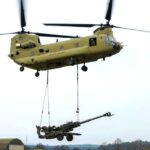
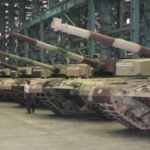




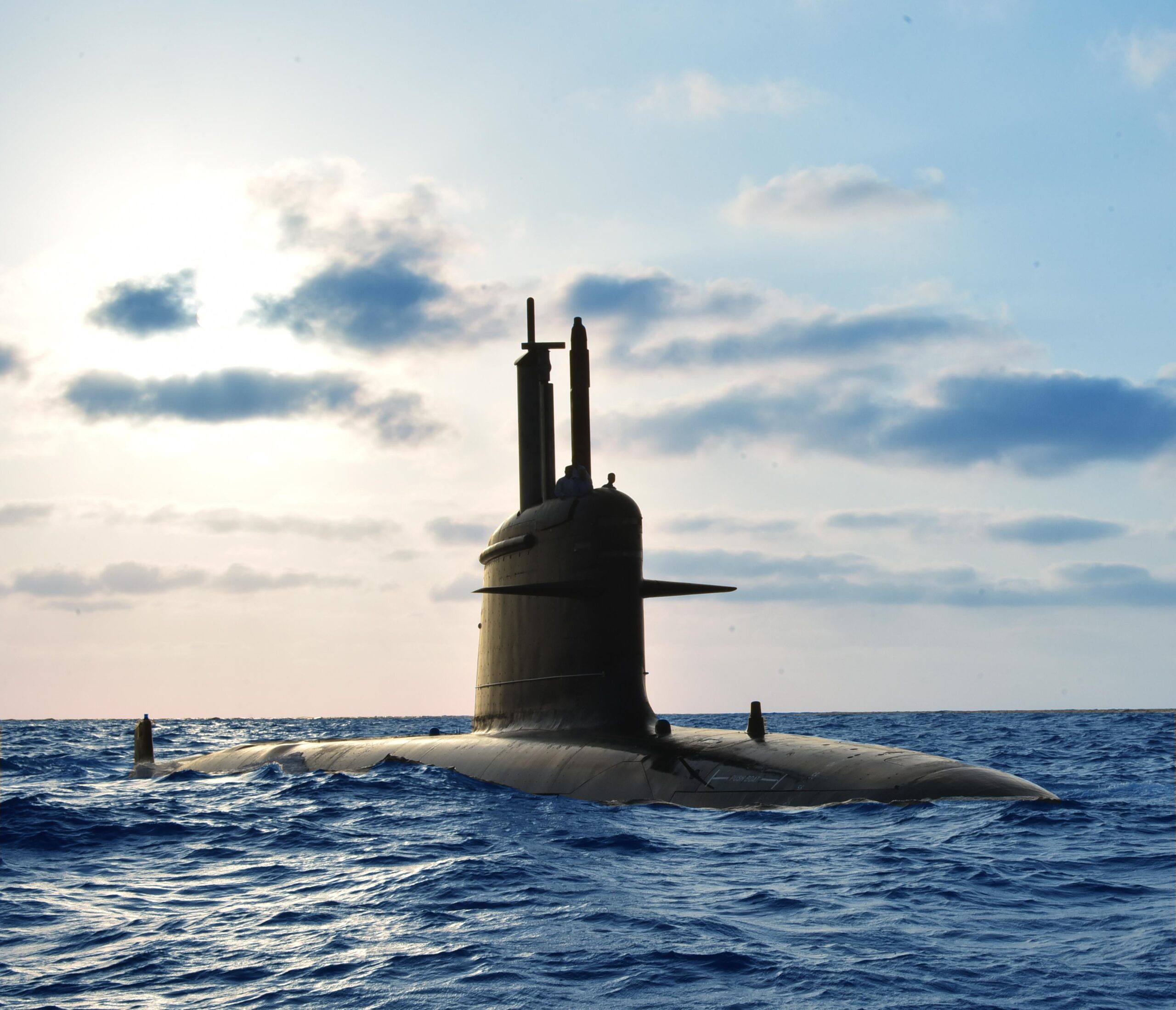


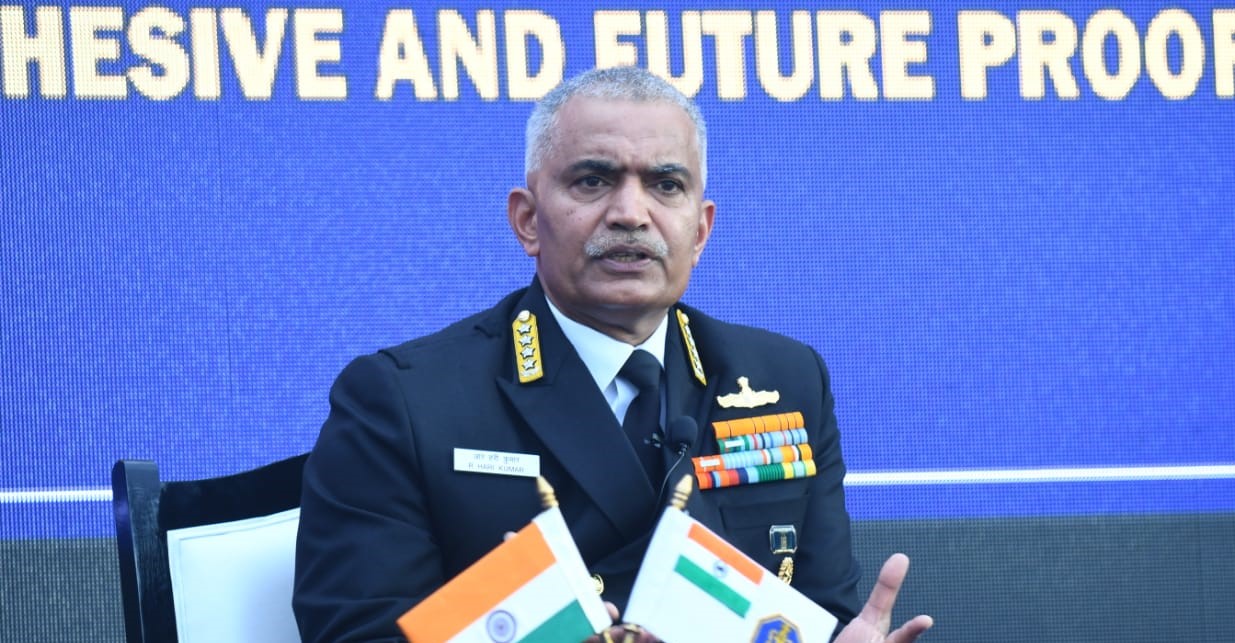
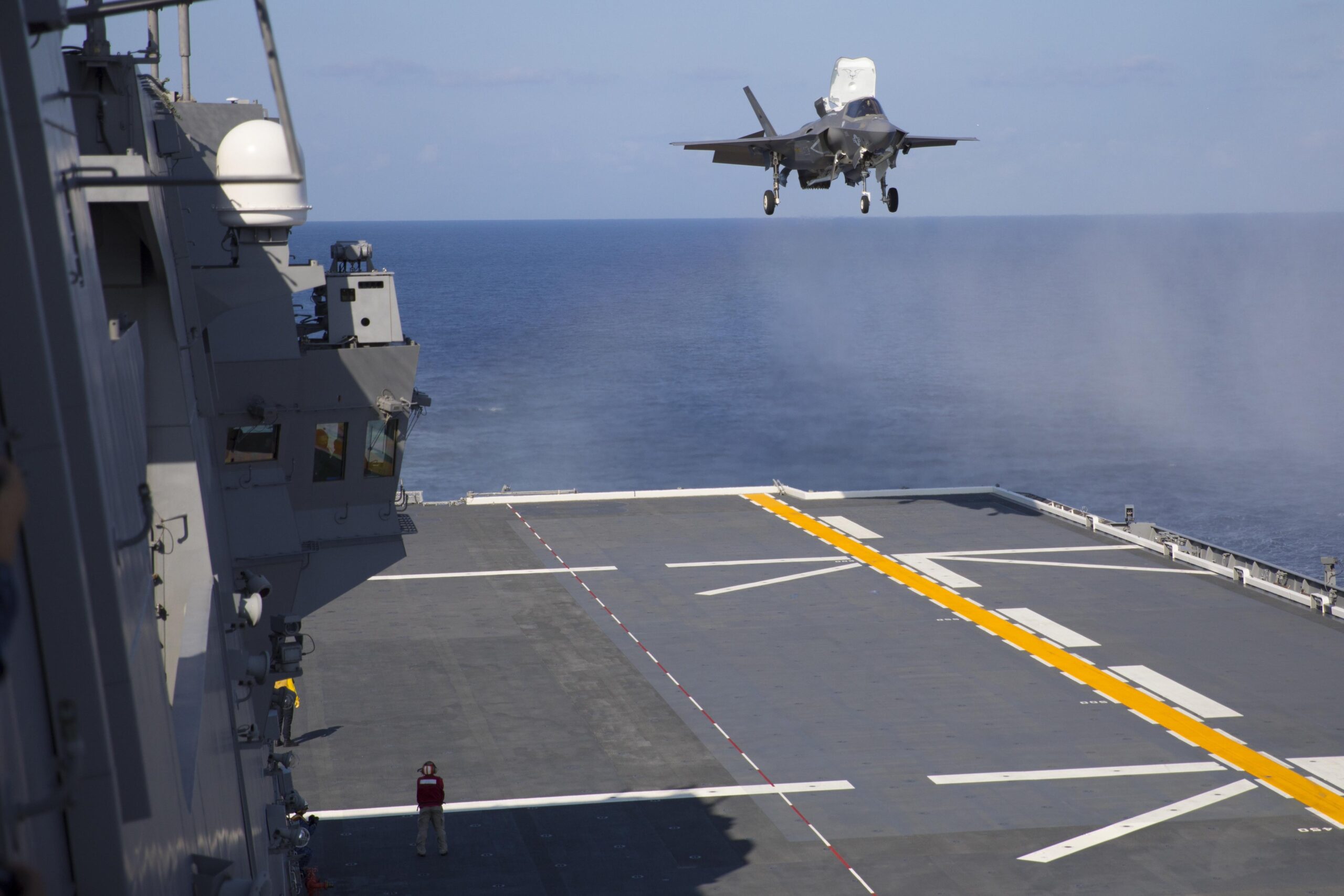
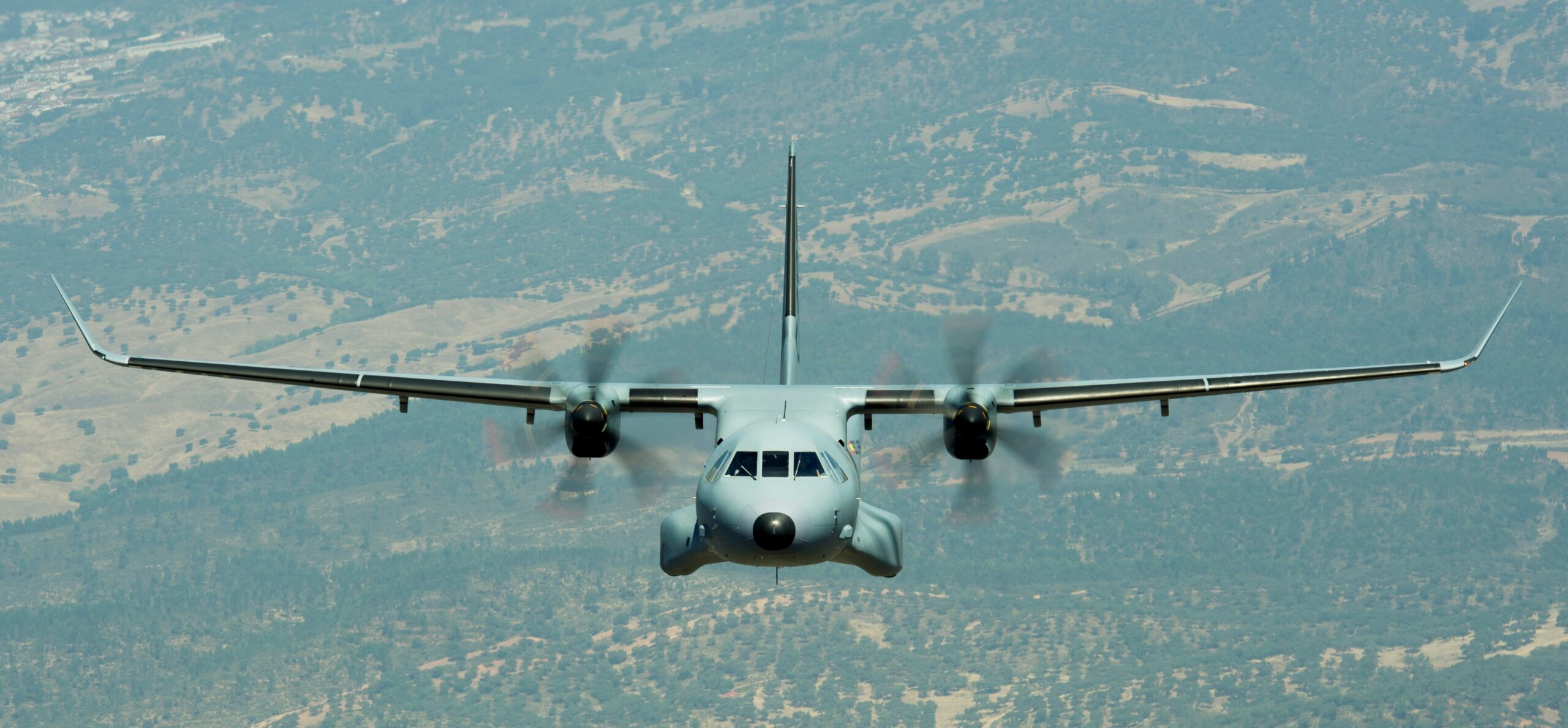
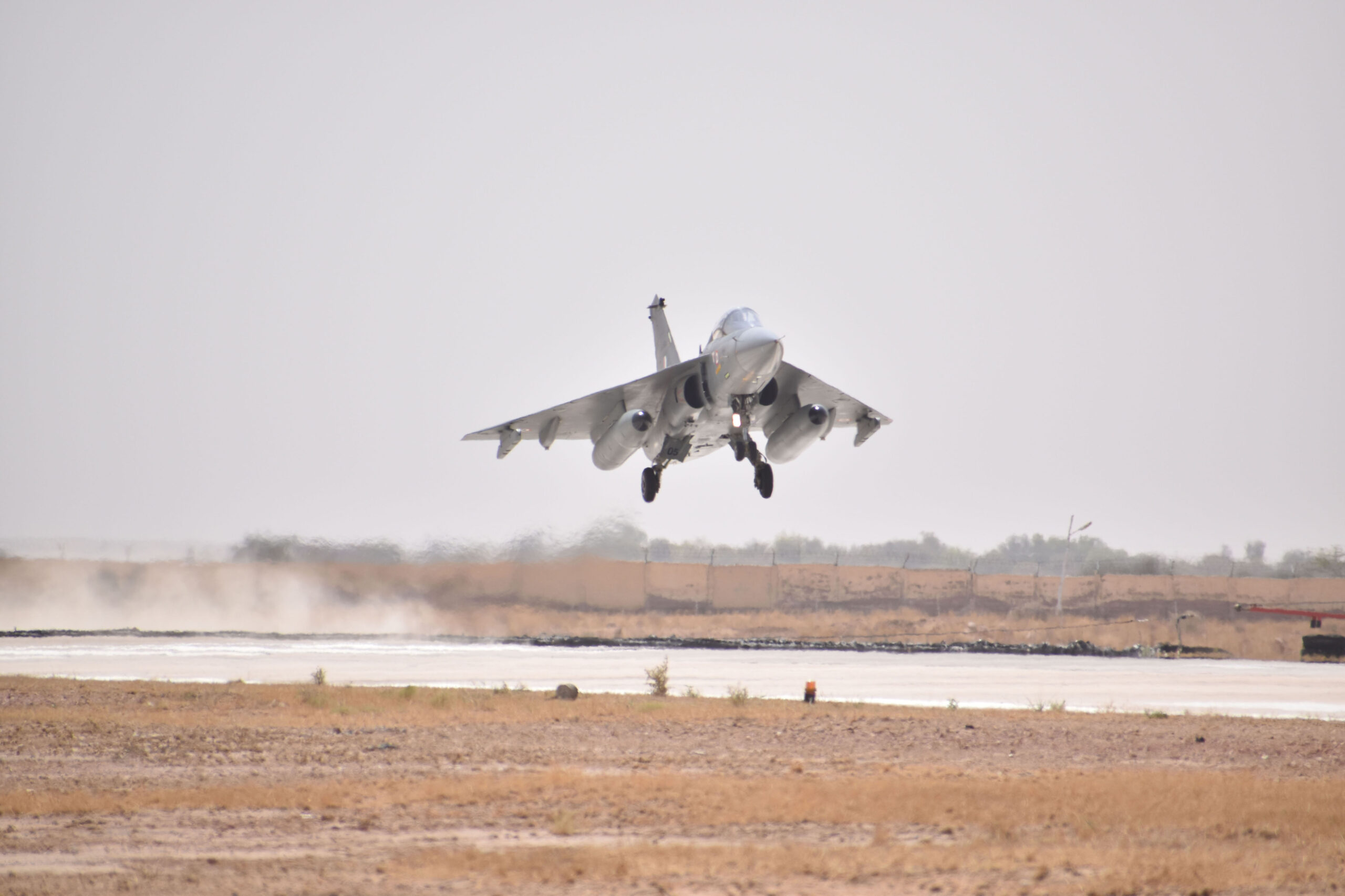
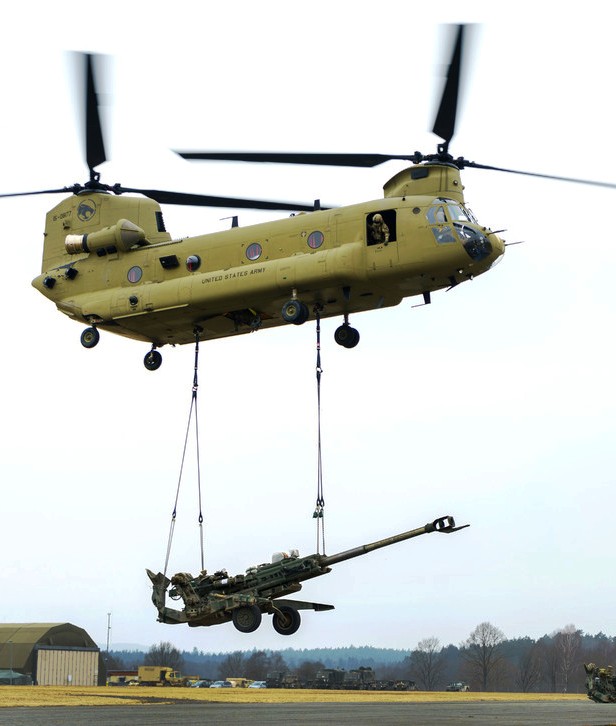
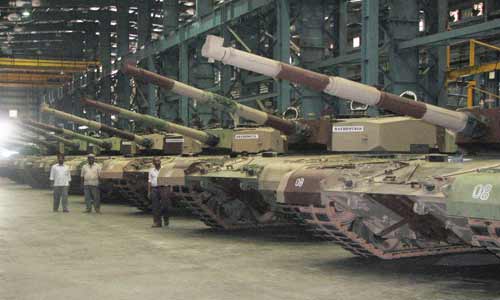


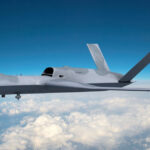
Recent Comments